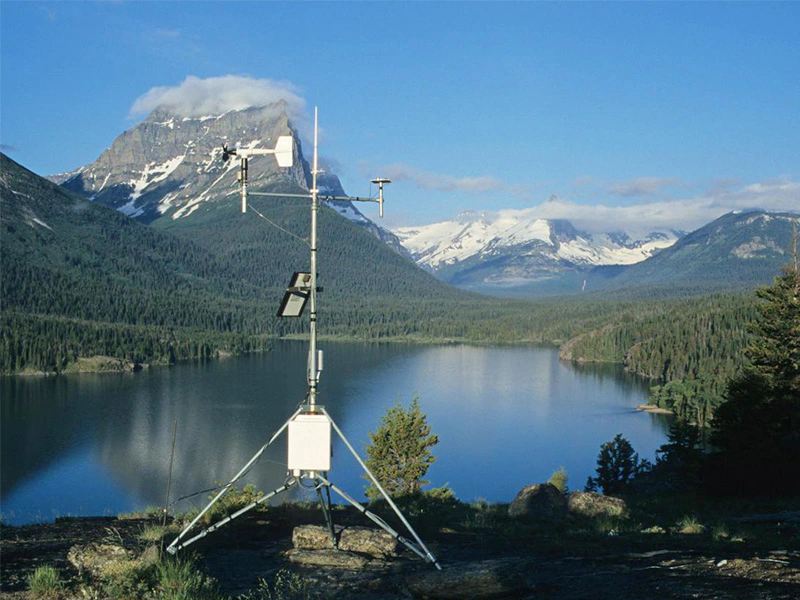
# What is a Meteorological Station?
A meteorological station, often referred to as a weather station, is a facility equipped with instruments and sensors designed to observe and record atmospheric conditions. These stations play a crucial role in weather forecasting, climate research, and environmental monitoring.
## Key Components of a Meteorological Station
Meteorological stations typically include several essential instruments to measure various weather parameters:
– Thermometer: Measures air temperature.
– Barometer: Records atmospheric pressure.
– Hygrometer: Determines humidity levels.
– Anemometer: Measures wind speed and direction.
– Rain gauge: Tracks precipitation amounts.
– Pyranometer: Measures solar radiation.
## Types of Meteorological Stations
Weather stations can be categorized based on their location and purpose:
### 1. Surface Weather Stations
These are the most common type, installed at ground level to measure surface weather conditions. They can be found at airports, schools, and research facilities.
### 2. Upper-Air Stations
These stations use weather balloons (radiosondes) to collect data about atmospheric conditions at higher altitudes.
### 3. Automated Weather Stations (AWS)
Modern stations that automatically collect and transmit data without human intervention, often using wireless technology.
### 4. Marine Weather Stations
Located on ships, buoys, or offshore platforms to monitor weather conditions over water bodies.
## Importance of Meteorological Stations
Meteorological stations serve multiple critical functions:
– Weather forecasting: Providing data for accurate weather predictions.
– Climate monitoring: Tracking long-term climate patterns and changes.
– Aviation safety: Supplying crucial information for flight operations.
– Agriculture: Helping farmers make informed decisions about planting and harvesting.
– Disaster preparedness: Monitoring conditions that could lead to severe weather events.
## How Data is Collected and Used
Modern meteorological stations often transmit data automatically to central databases where it’s processed by meteorologists and computer models. This information is then used to:
– Create weather maps and forecasts
– Issue weather warnings
– Support scientific research
– Inform policy decisions related to climate change
## The Future of Meteorological Stations
With advancing technology, weather stations are becoming more sophisticated. Many now incorporate:
– IoT connectivity for real-time data transmission
– Solar power for remote operation
– Advanced sensors with higher precision
– Machine learning algorithms for better data analysis
As climate change becomes an increasing concern, the role of meteorological stations in monitoring and understanding our changing environment will only grow more vital.
Keyword: what is meteorological station